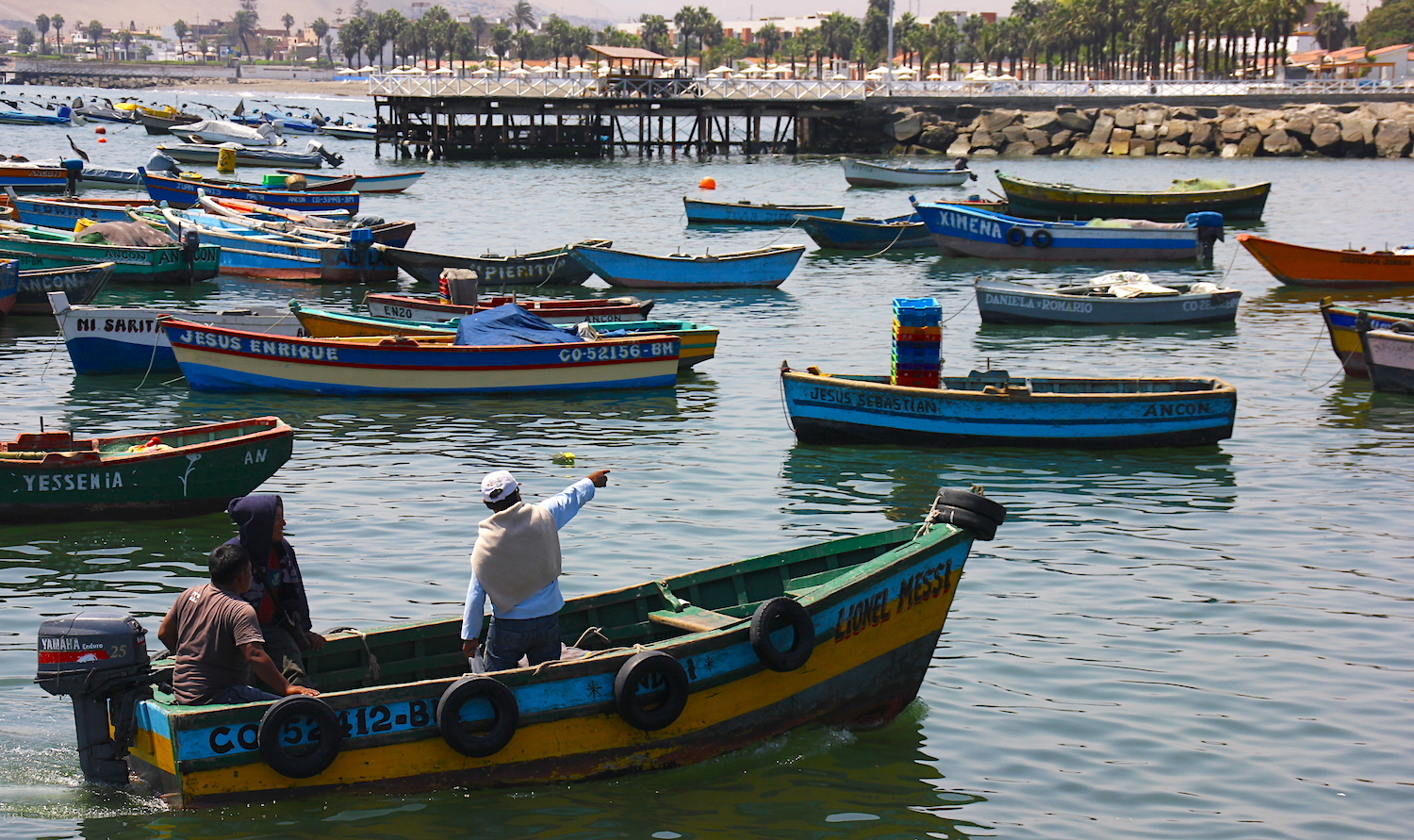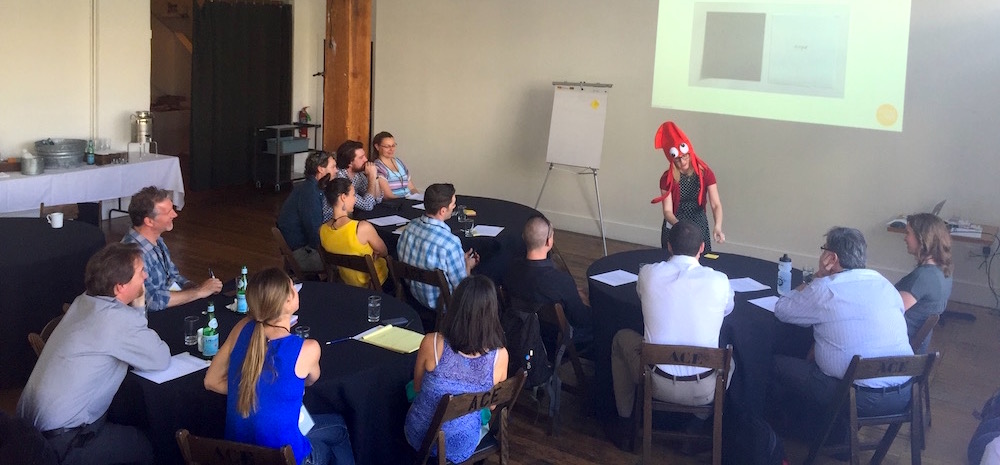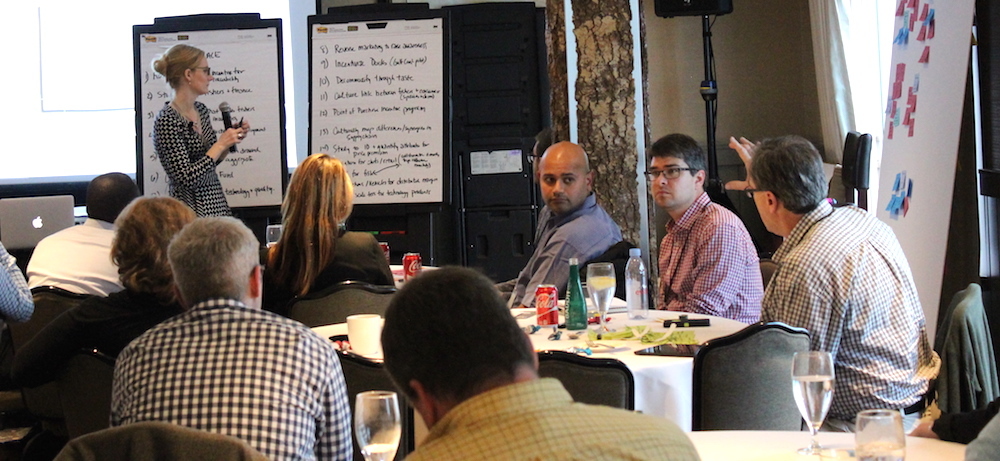Co-creating with “Las mamás” in Perú
By Jenni Ahern, Program Director, Future of Fish Peru You may hear the terms "participatory development”, “co-design” or “co-create” a lot these days as Community and International Development theory continues to evolve. This theory evolves and adapts to human beings and community identified needs, where the most crucial piece of participatory community development is trust building. Trust in process and in people, are the two necessary ingredients for success. We know that healthy oceans and healthy communities go hand in hand. Future of Fish…








